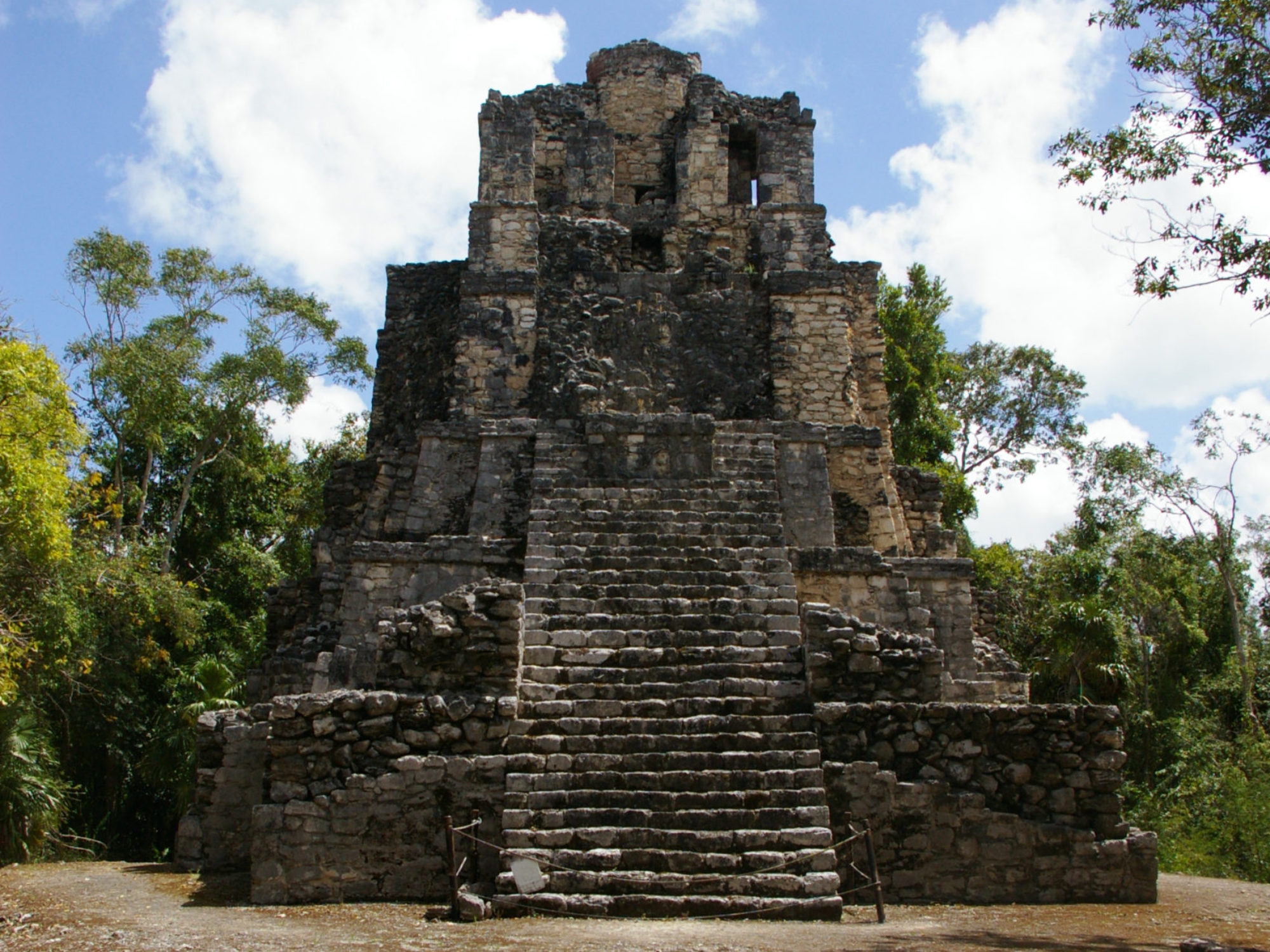Dr. Peter Biró: “Chichen Itza in the Context of the History of the Terminal Classic Period (800-932)”
This presentation discussed the often-controversial topics of the Itza and the Toltecs in Chichen Itza embedded in the history of the Terminal and the Postclassic Periods. It reviewed the Terminal Classic Period in the Maya Lowlands, focusing on the relationship between Chichen Itza and the Southern Lowlands cities such as Seibal and Ucanal. Dr. Biró relied on both epigraphic and iconographic evidence as well as such archaeological evidence, ceramics, burial practices and artificial skull shape patterns in the same period.
The collapses of the hegemony of Calakmul, and later Tikal left a vacuum in which new hegemony emerged in the south lead by Ucanal, whose power spread to the remaining cities on the Petén. Chichen Itza built the same hegemony in the Northern Lowland, and in both networks of alliances people belonged to a newly-formed cult of Ehecatl-Quetzalcoatl, which originated in Tabasco and Chiapas and later expanded to the land of the Maya. This was the first wave of Ehecatl-Quetzalcoatl which reached the Maya Lowlands–the second one entered in the 930s in Chichen Itza. Epigraphic evidence shows that the cult bringers were people from Tabasco and Veracruz, and also the Yucatec from the Northern Lowlands, who were known in the Colonial Period as the Itza. The talk presents a new version of the Putun hypothesis relying on more up-to-date epigraphic evidence.
Peter Biró is a historian and philologist specialized in Maya epigraphy and Yucatec language sources, especially the Books of Chilam Balam. He received his PhD in Archaeology from La Trobe University in Australia,and has studied and worked in Mexico, Australia and Germany. He has published several articles and books on the epigraphy of the Maya Western Region, Copan and, more recently, Chichen Itza.

